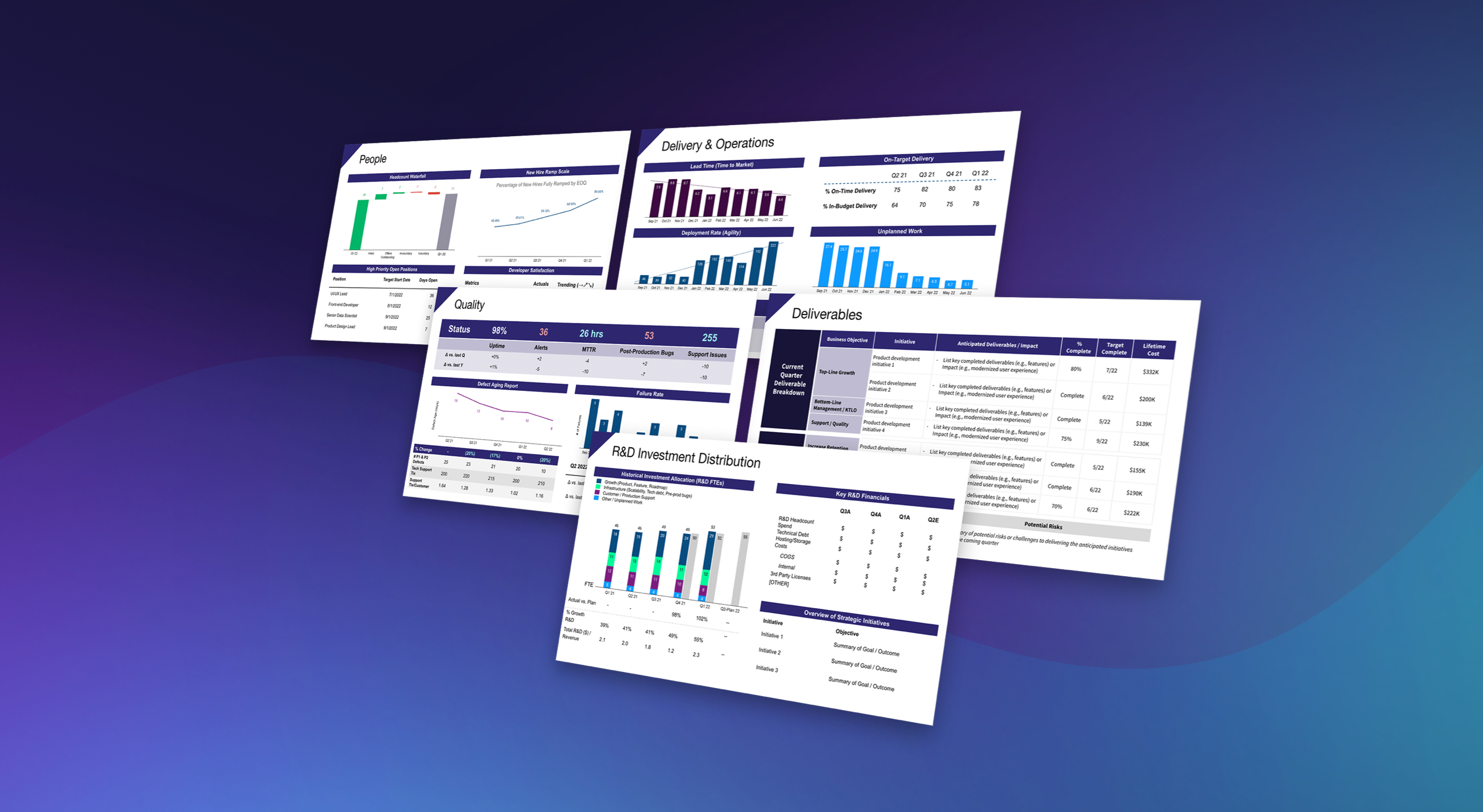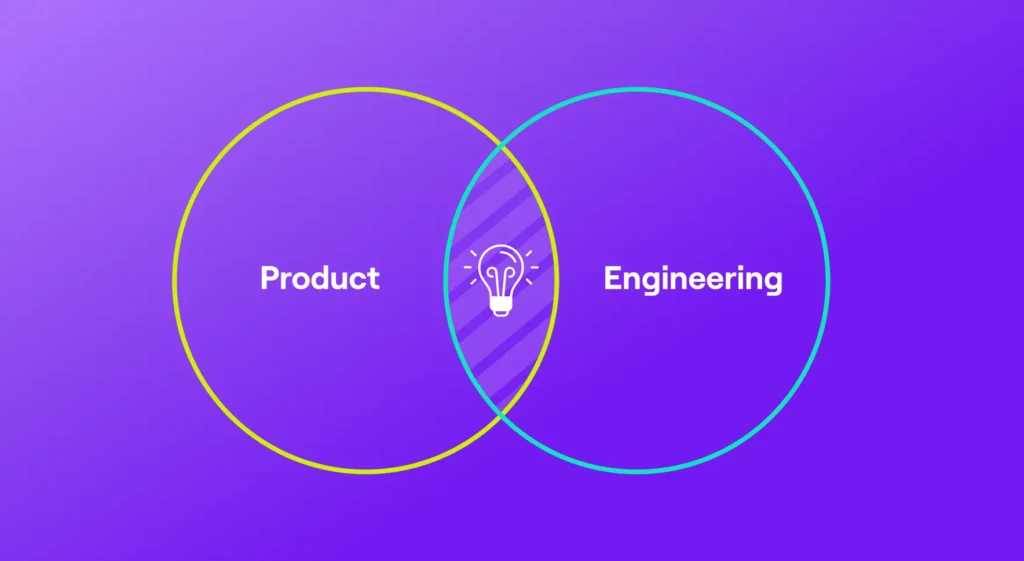There’s no doubt about it: briefing your board of directors about engineering updates is difficult. If you’ve never done it before, or you’re unsure whether your updates are truly being absorbed, it’s normal for some doubt to creep in. Am I addressing the topic the board wants to hear about? Is it the right level of detail? Do they even understand what I’m showing? What questions are they going to ask?
Without prior experience in these meetings, or perhaps a very helpful mentor, you might not feel confident going into and leaving these meetings. Even seasoned veterans can still learn from others. These meetings are important, and the moment we stop improving on our presentation skills/content in this setting, we’re likely to become too complacent.
After speaking with several engineering leaders, board members, and CEOs about the topic of board presentations, we distilled common themes regarding what updates are most important in this setting. There appears to be a common set of topics that you should be prepared to address before the meeting. Additionally, certain presentation prep concepts will go a long way in translating engineering work into business impact and value. These concepts have been distilled into two resources, a 5 Slide Template and its accompanying eBook, The Top 5 Topics R&D Leaders Should Prepare for Board Meetings. You can download both of these today, and feel free to use them as needed for your next board meeting.
In this post, we’d like to discuss leveraging these resources in more detail and how you can use them to prepare for your next board meeting.
Using the 5 Slides Template and eBook
The template includes (you guessed it! 🙂 ) 5 slides that we recommend preparing prior to the meeting. The 5 topics that we recommend for engineering leaders to consider presenting in boardroom presentations are:
- R&D Investment Distribution
- Deliverables
- Quality
- Delivery & Operations
- People & Recruiting
In conjunction with these slides, there is an accompanying eBook that gives a ton of detail about how to speak to each of these topics, how and when to use data on these slides, and the questions board members might ask relating to the topics. For anyone using the 5 slides for the first time, we recommend that you read through the eBook and keep it open as you fill out each slide.
Company-specific recommendations
Whether you decide to use each slide in the presentation process or not will likely depend on your unique situation. For each slide covered in the ebook, you will see specific recommendations for the types of engineering organizations that would benefit from including that slide. To dig into why certain slides might be useful for certain kinds of companies, reference the What To Consider When Deciding Which Slides to Present section at the beginning of the eBook. You can also find these recommendations at the beginning of each section, as shown in the screenshot below.

Slide purpose and talking point recommendations
Each section within the eBook covers in detail why this slide is valuable to the board, the data that is needed to speak to the topic, and why they will want to know this information. We’ve even included detailed talking points to address during your presentation that are insightful to board members. For some of the metric recommendations in these sections, try to explain these numbers in terms of trends over time or industry benchmarks when available. Of course, in all cases, contextualizing these metrics is most important, as your board members are less fluent in the data associated with Engineering.
Questions to address
Each slide topic has associated questions to address related to the topic. And while not all the answers to these questions need to be on the slides that you use, having this answer (and associated data to back it up) can be incredibly helpful in prepping for the meeting. They’re high-level in nature, and your ability to address them succinctly will build confidence in the boardroom that they have an engineering leader that understands and is working towards the strategic business goals. And for some of the more generalized and/or tricky questions that every engineering leader gets, we’ve got you covered there too. We pulled from the experience of our CEO, Andrew Lau, as both a former engineering leader and now CEO to figure out how to address these questions (or get ahead of them entirely).
Never forget the story.
Sometimes the main objective of these presentations gets lost in all the prep work. When given a template like this, there might be an inclination to fill out the slides and present the data. But as the authors of these slides, we must remind leaders to adapt this slide template for every presentation. This is not a high school physics problem, where you need to figure out the formula to use and simply plug the numbers into it. This is an art as much as it is a science.
Before crafting a single slide for a presentation, we all need to think about the story that we want to tell. What’s the story of your engineering organization over the past quarter, year, etc? Are there certain challenges or obstacles that inhibited progress on key projects that you worked through? Maybe part of the story is that you’ve grown the team, and now you’re going to be able to dedicate more resources to a specific initiative. It might be a simple piece of advice, but we’ve often heard that the story of “what’s going on in engineering” gets lost amongs the details of the prepared presentation. Keep going back to the quick synopsis of engineering and ask yourself how your presentation slides are serving that story.






